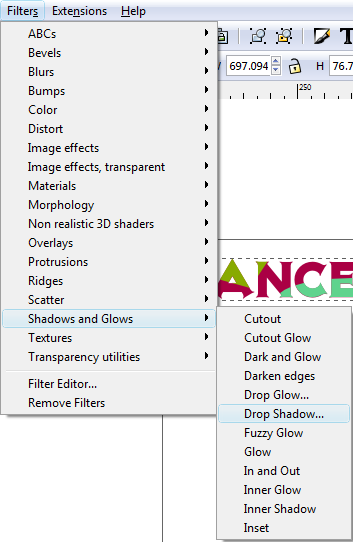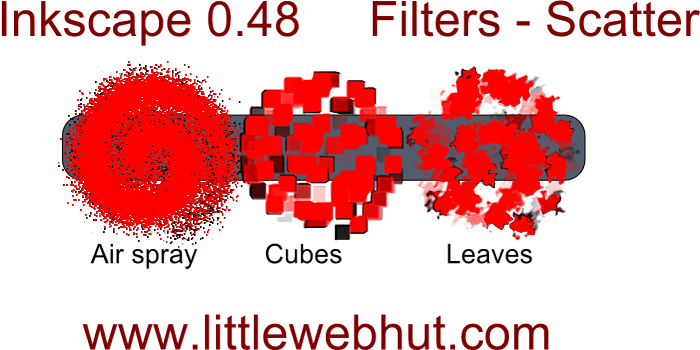
It has set the displacement filter's displacement slider to the max. Speaking of, it does seems fishy with that dithered gradient filtered orange to transparent gradient. What can go wrong when ungrouping a filtered object or adding it to custom objects? Filters inherit the transformations of the filtered objects. Its structure is built up so that there are edge-to-edge gradients -gradiented objects having the "dither gradient" filter added which is basically the same as in the previous example svg filter using the alpha channel of the object.

If you remove the filter from the group you can ungroup it. That means a black to white gradient with that filter is rendered with transparent to white -with the additional distortion and extra noisy transparency. Then, it uses the luminance level of the filtered object to composite in with a white flood fill. The "chalk" filter has a similar effect to the "chalkpowder overlay" with two additional twist.įirst, it displaces the contours of the filtered shape a slight bit. It is a group of one object with the "chalk" filter added atop. Doesn't fit light coloured objects, but anything below 128 luminance should look fluent. The "wood grain overlay" adds a subtle wood grain texture -uses the filtered object's appearance as an input and uses multiply blending mode for creating the texture. The colour is defined by three flood fill primitives in the start of the filter chain. The "blackboard" filter generates a plain and simple black texture regardless the colour of the object it is applied on. There is no way to label important parts either. The more complex it gets the less control you have since you need to track which primitive setting affects the desired look.

The filter editor cannot organise subchains, there is no real visual output for the viewport besides adding in an extra merge filter primitive and moving connectors and there is no way merging them with the filter editor. These two could be merged together into one filter or rather one long filter chain could be rigged from the start as one.īut for practical reasons, that is the easiest workaround to chain two filters together. The object is grouped and "wood grain overlay" filter is added to the group. The bottom object depicting the base blackboard is a path filtered with the "blackboard" filter. It adds in some transparency as if the object was painted and excess paint removed with a sponge. They both use the filtered object as an input so that their colour can be changed by the fill attribute of the object. There are two squares on top, one filtered with "chalkpowder scattergrain" and the other with "chalkpowder overlay". The bottom line is, you need to make these filtered shading objects larger than their output size and clip them with the shapes you want to be shaded.


The other takes in the alpha channel of the filtered objects and represents that with the black scattering. One represents a greyscale copy of a gradient with a black scattering, That means if you'd distort a pre-existing gradient to simple colour steps dithering together, it can get quite complicated to set up the filter.Īttaching a quick and dirty example with two filters within. In general, you can use the luminosity levels of the input to map any colours onto the gradient. If that's a black to transparent it's easy to pull off. To draw clean edges you need to clip the filtered gradient objects.įlattening the gradient is another part of the consideration. That primitive is not "per-object-wrap-around", nor the result would be. The displacement filter primitive would take a turbulence noise filter primitive as an input. Therefore it'd need a bit of random displacement, then a way to "flatten" the gradient to match the look in the example. The grainy filter should take that as an input and use those luminosity levels as a base point. That is preferably represented by a gradient fill attribute of an object. Although there are some limitations you have to keep in mind.įirst, the shading is based on a gradient.


 0 kommentar(er)
0 kommentar(er)
